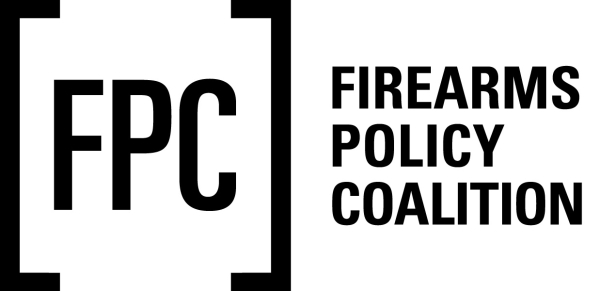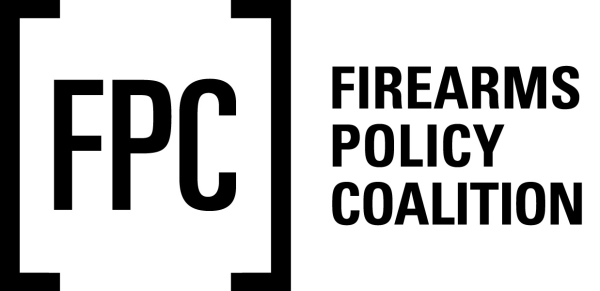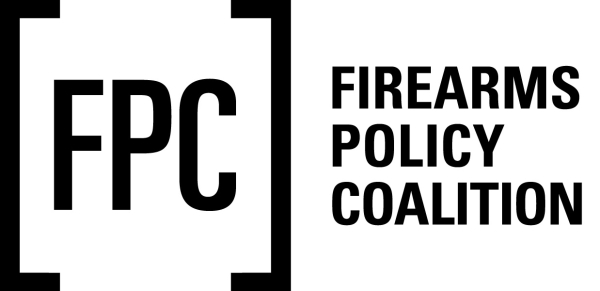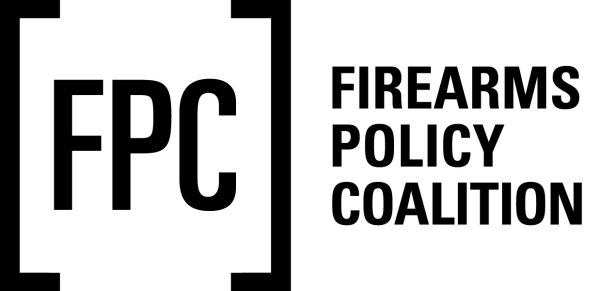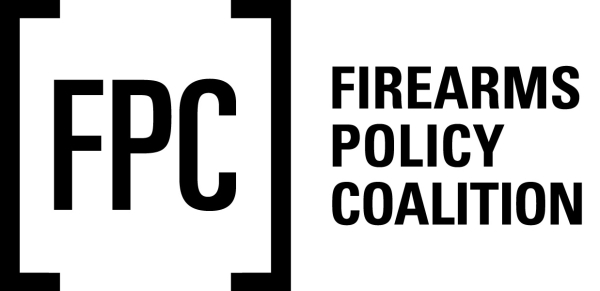Democrats Look to Circumvent the Constitution on Gun Rights Again
By Jim Shepherd
Another big day in Washington.
The House is holding hearings to lay the groundwork what are essentially“work-arounds” for anti-gun legislators. They’re looking for ways to punish gun owners, manufacturers, dealers and distributors since the Supreme Court seems insistent on upholding the position that enumerated rights – especially the right to “keep and bear arms” mean exactly what they say.
The House Judiciary Committee is “marking up” H.R. 1801, their latest Assault Weapons Ban. H.R. 2814 the “Equal Access to Victims of Gun Violence Act” is also up as well.
H.R.1801 is exactly what it sounds like: another proposed ban on those evil, black rifles that apparently possess the souls of a minuscule percentage of their users, forcing them on murderous rampages. Unlike the “Clinton ban” this version has no expiration date.
H.R. 2814, however is not exactly what’s implied. It’s not a crusade to protect innocent victims, it’s an attempt to repeal The Protection of Lawful Commerce in Arms Act. The PLCAA prevents the manufacturers of firearms from being sued for the actions of others (you could use the word criminals) employing their products for nefarious purposes.
Recently, we told you that the CEOs of three gun companies, Smith & Wesson, Daniel Defense, and Ruger had been “invited” by House Oversight Committee Chairwoman Carolyn Mahoney to testify before the panel – today.
They won’t be there. No, it’s not an act of defiance, it’s scheduling issues. But they won’t be there to either be lectured or grilled by the committee, so scratch one anti-gun photo op.
If you doubt this description of the less-than-cordial greeting she had planned, Rep. Mahoney’s “invitation” told the invitees: “the sale and marketing of assault weapons and the broad civil immunity that has been unfairly granted to manufacturers” would be part of the discussion.
She also wrote that the CEO’s products (these particular CEOs) “have been used for decades to carry out homicides and even mass murders.”
That would certainly have me rearranging my schedule to try and be there for Rep. Mahoney if I were Messrs. Daniel, Killoy or Mark Smith of Daniel Defense, Ruger and Smith & Wesson, respectively. Read more




